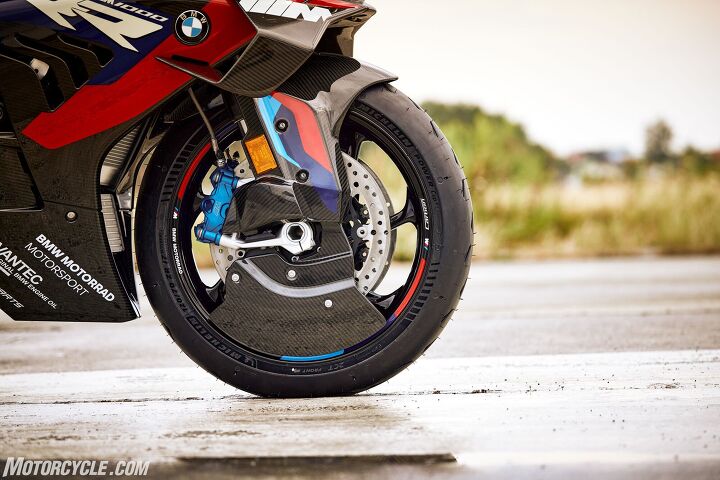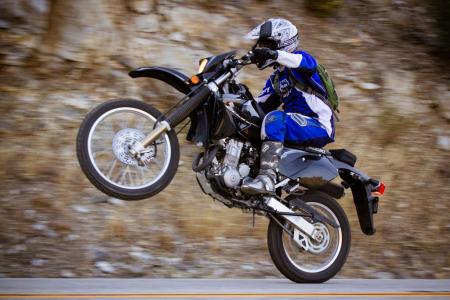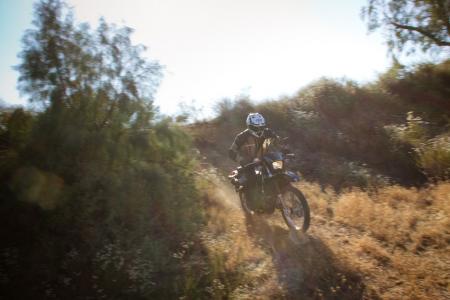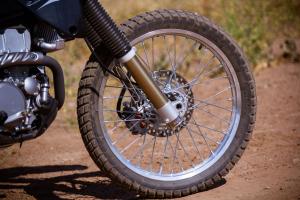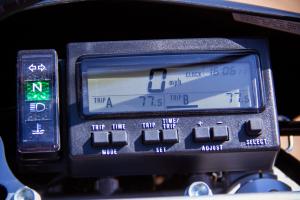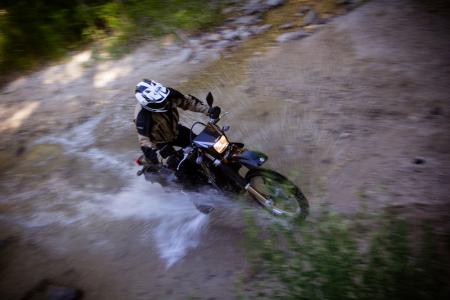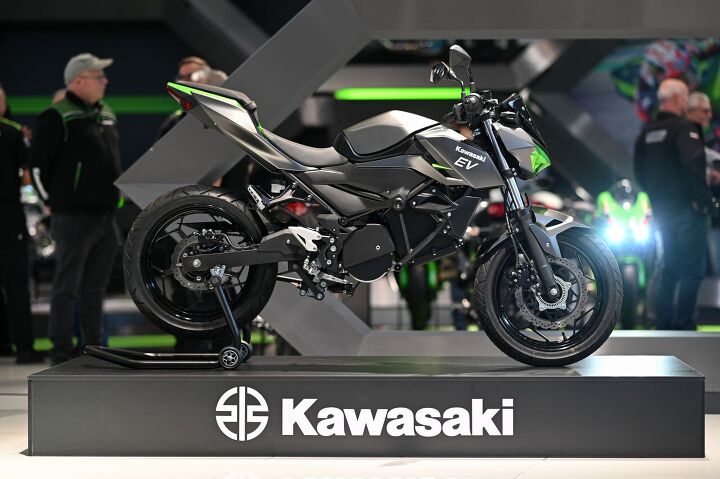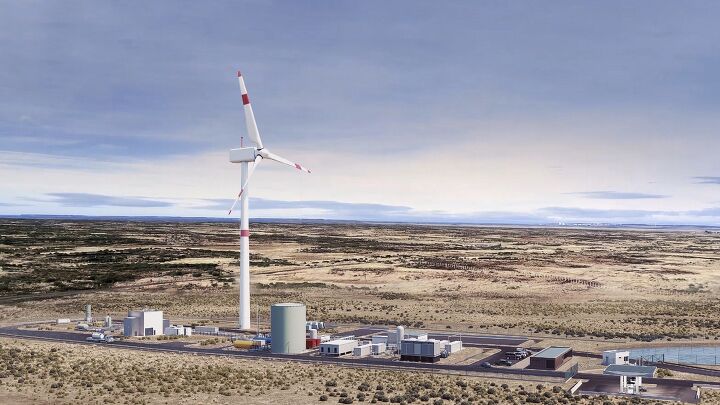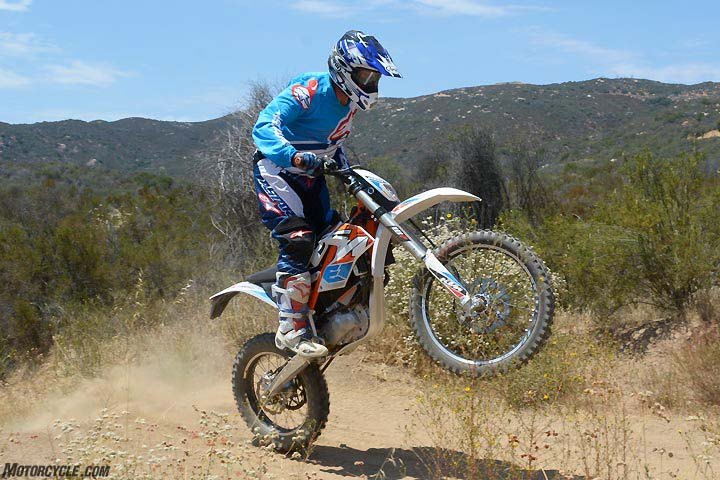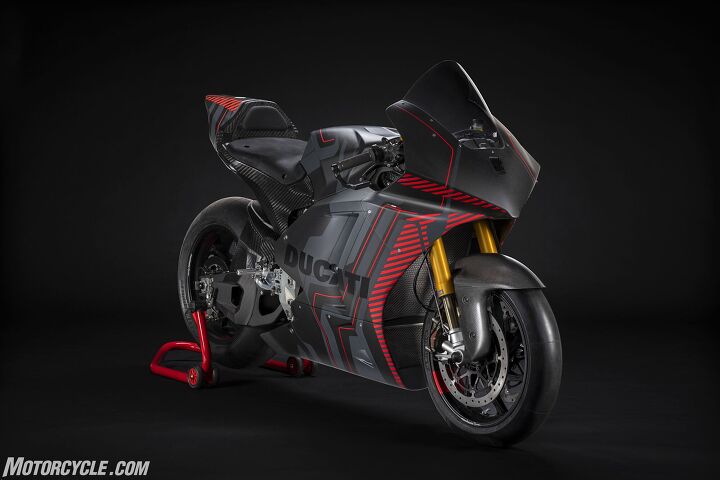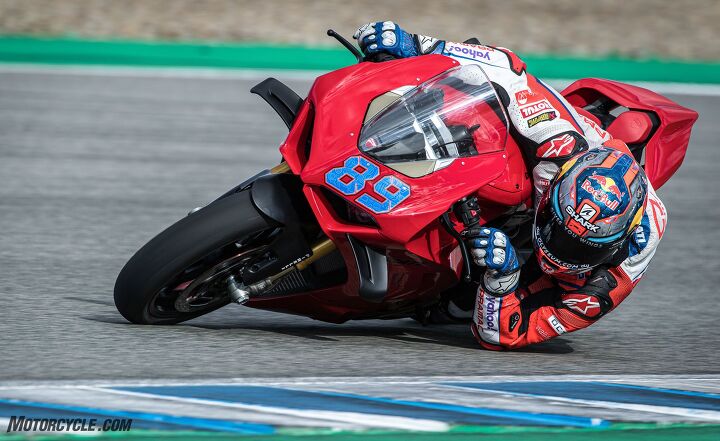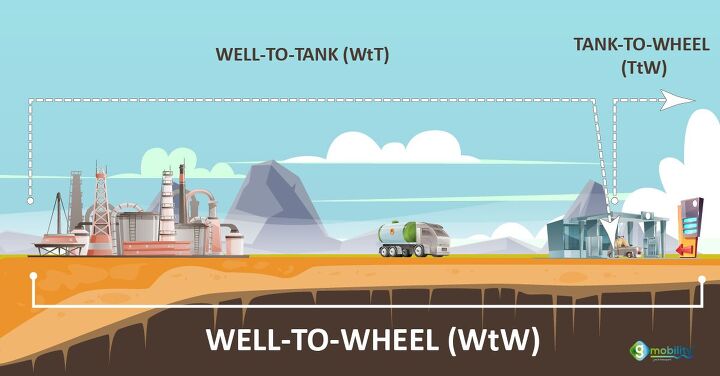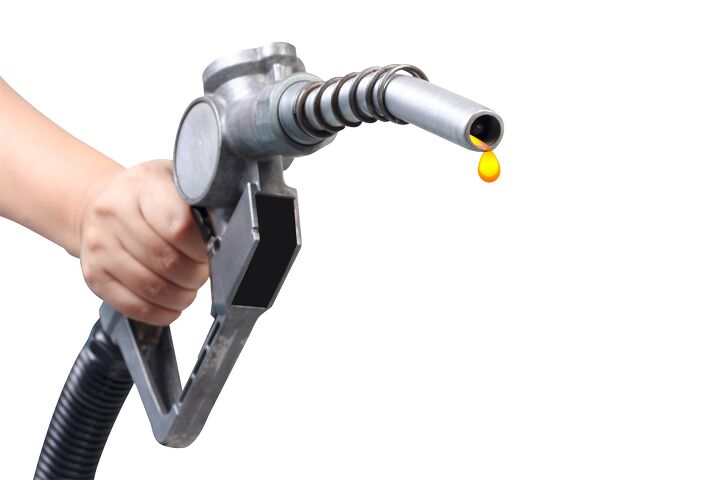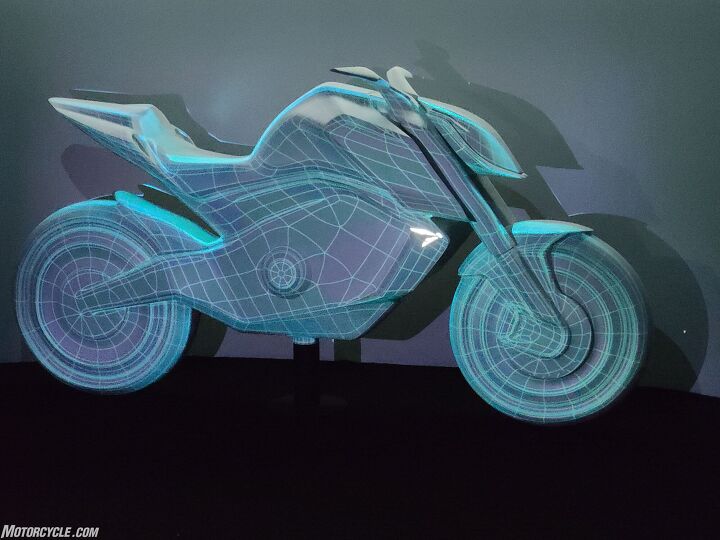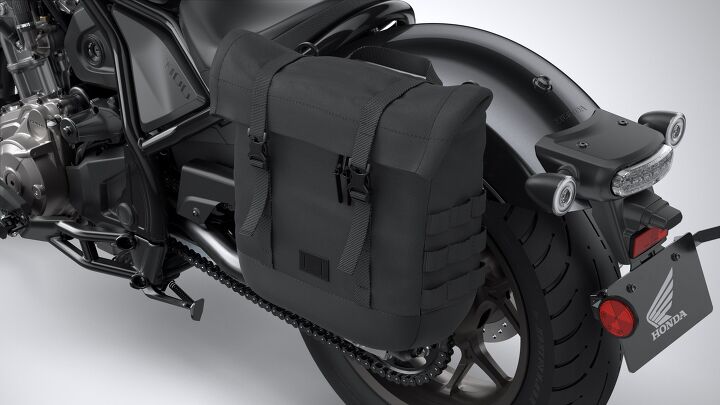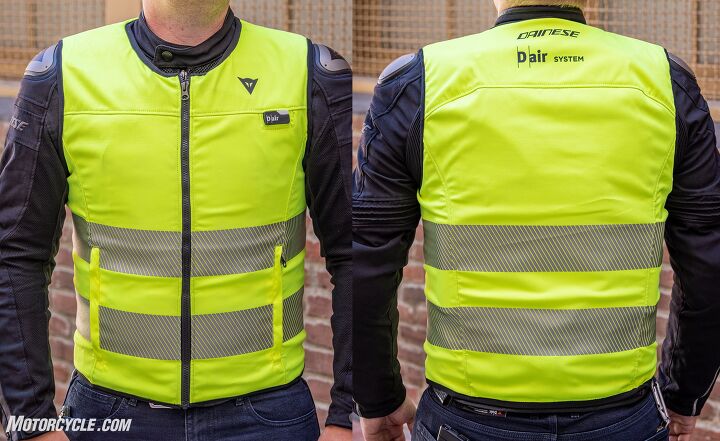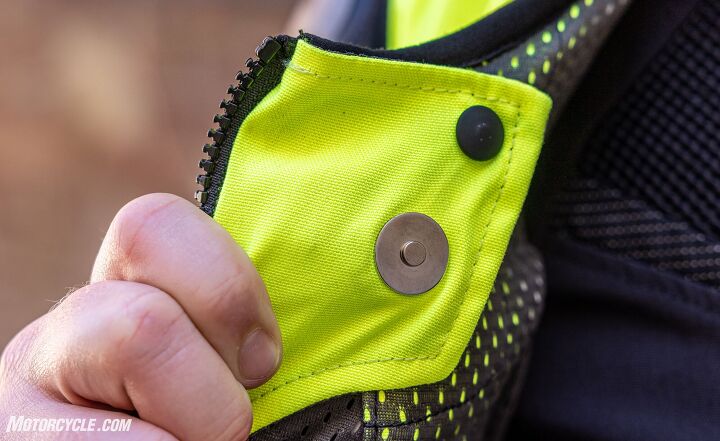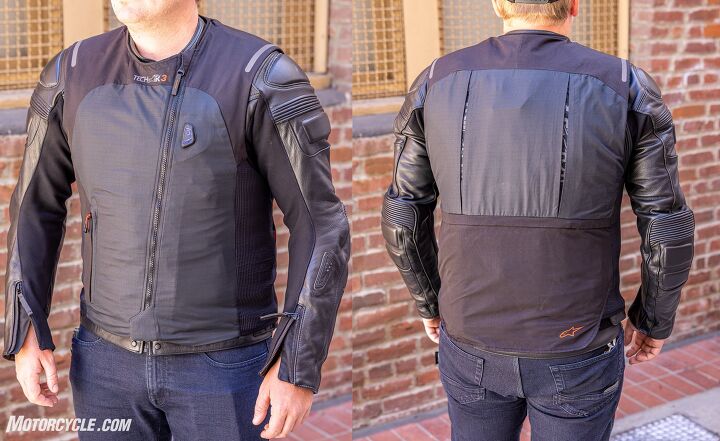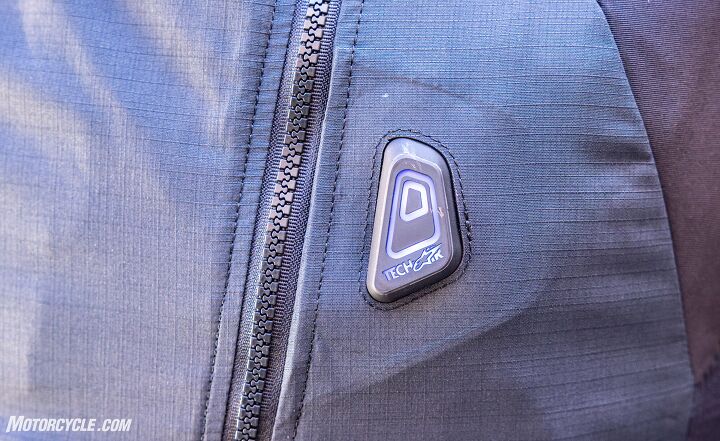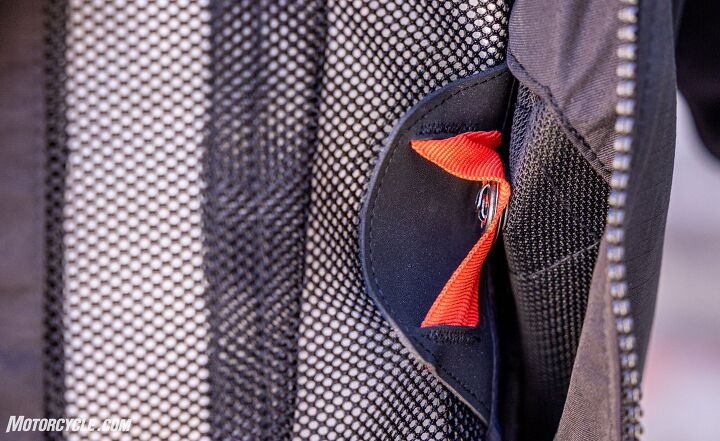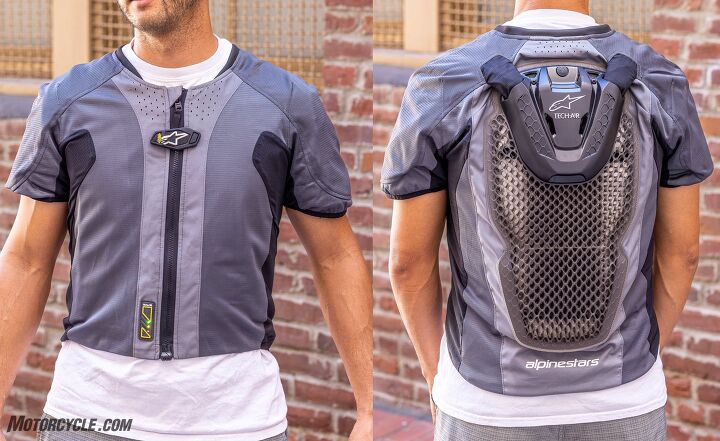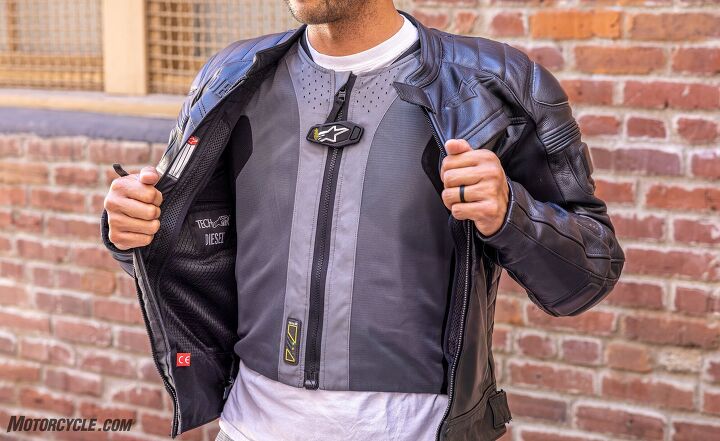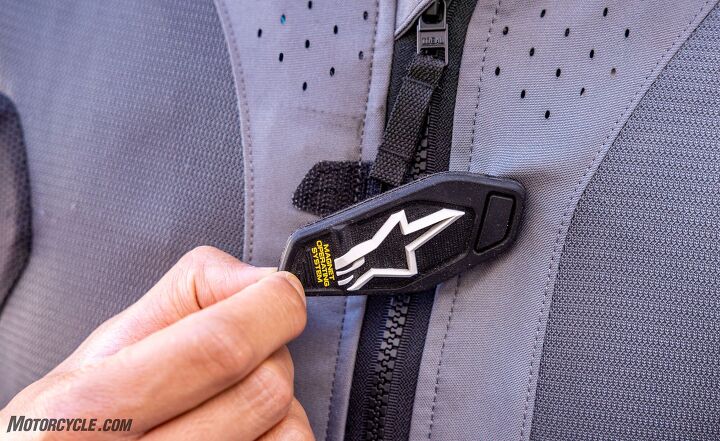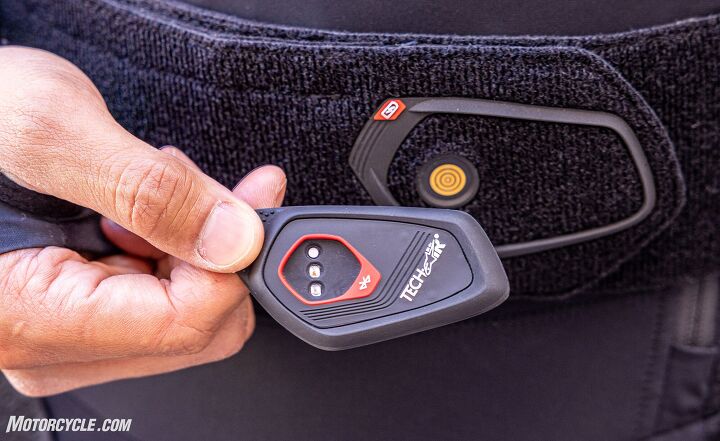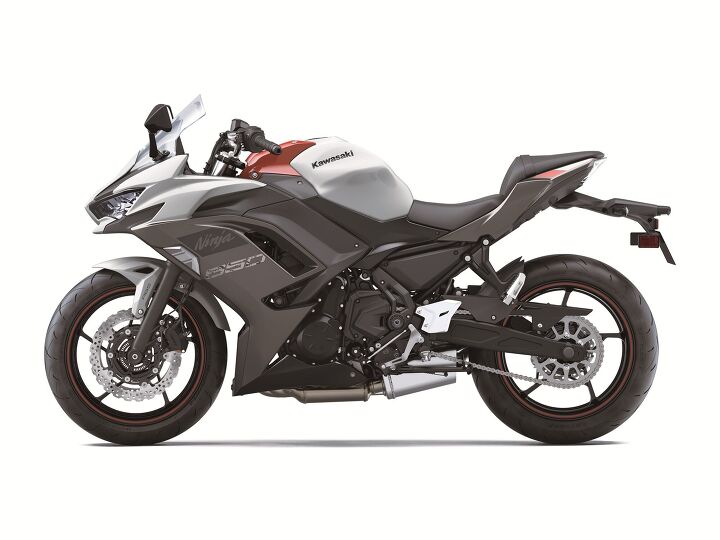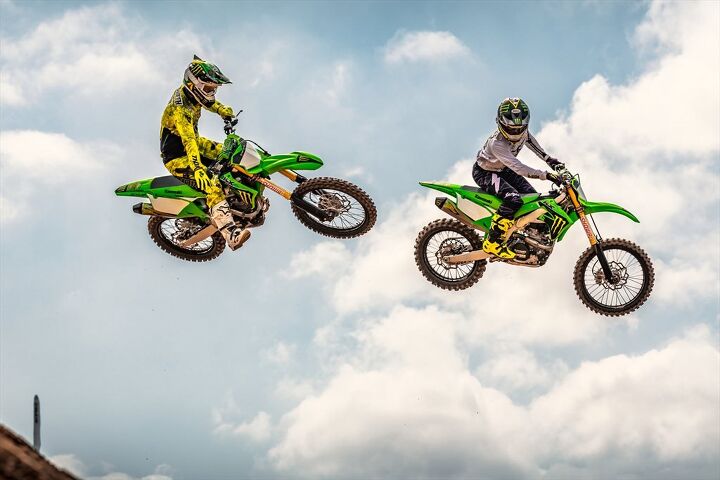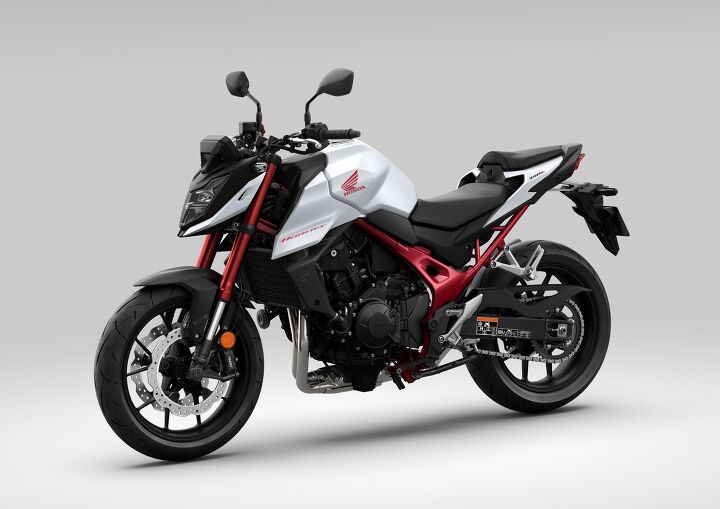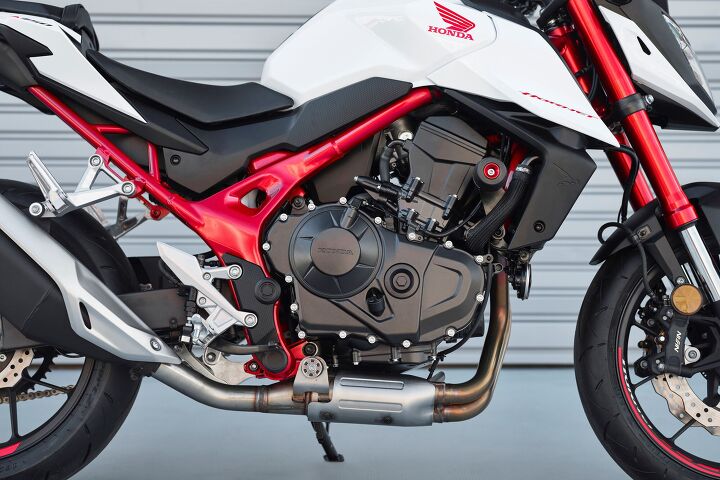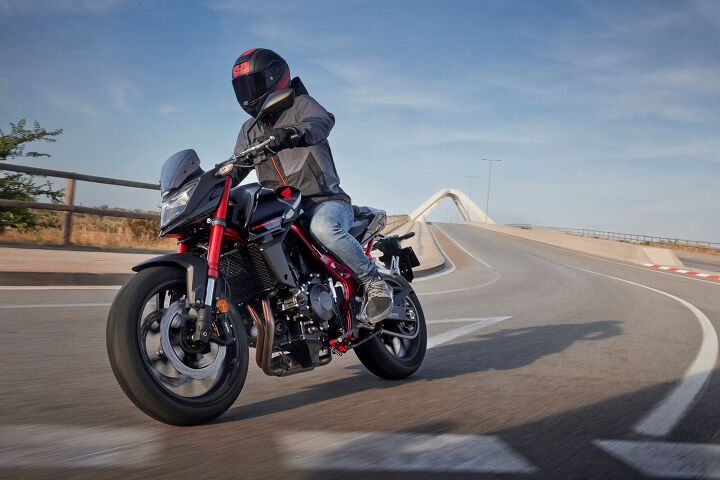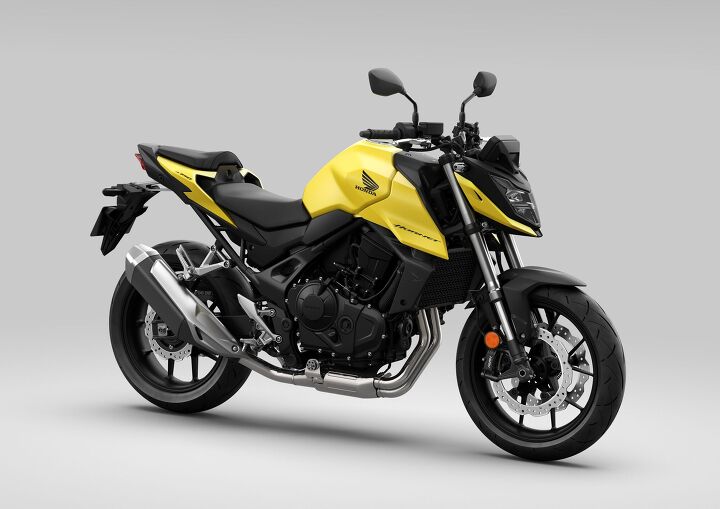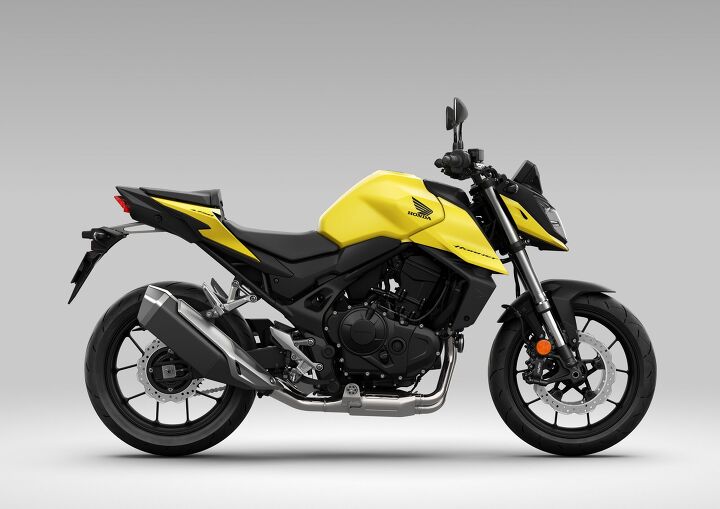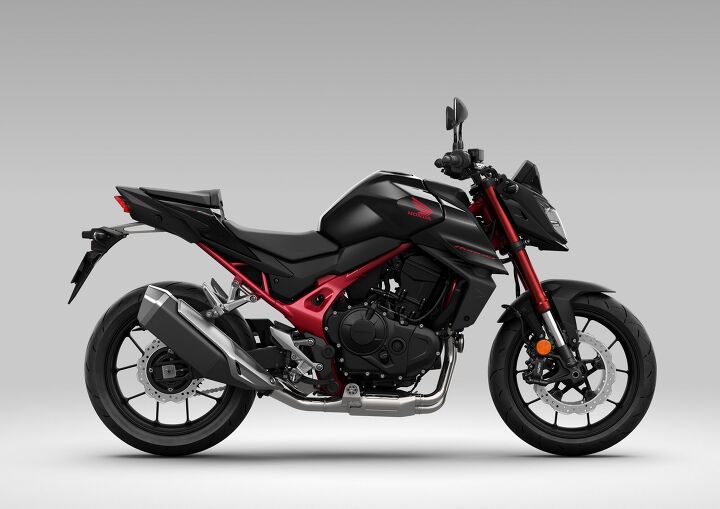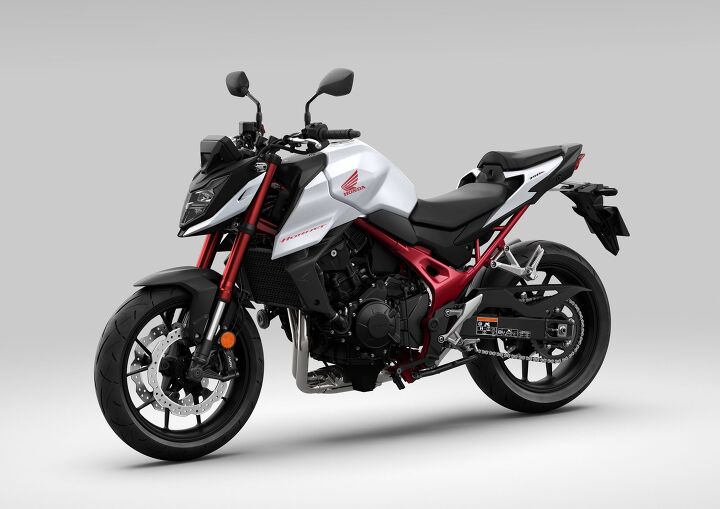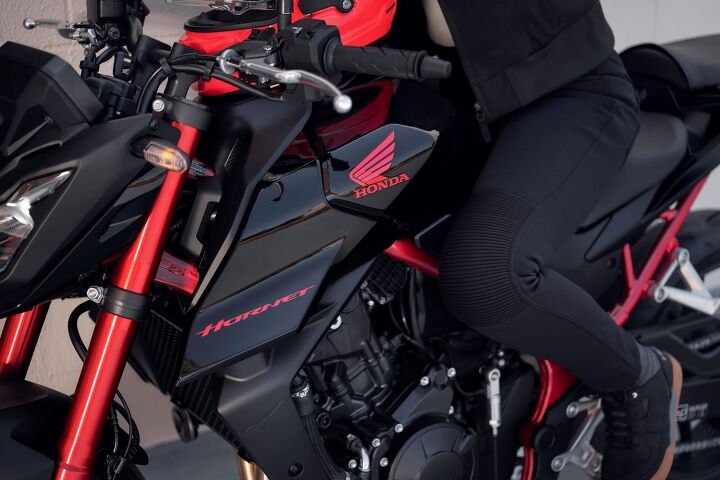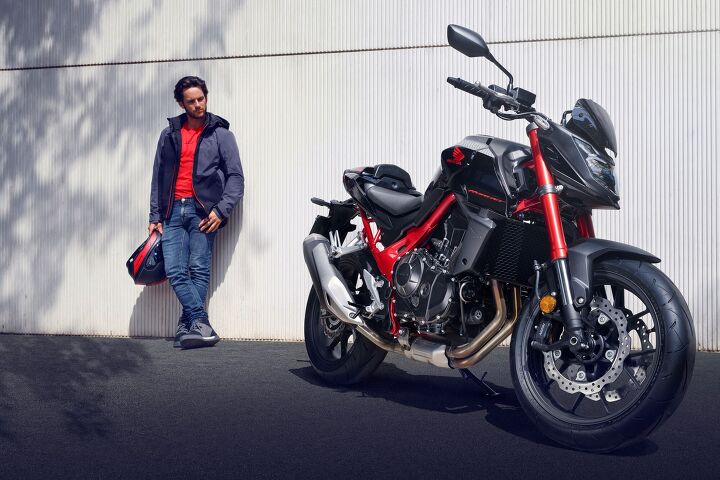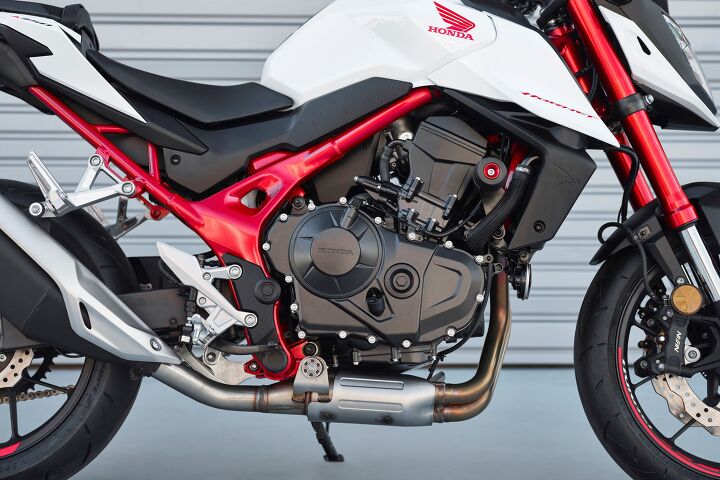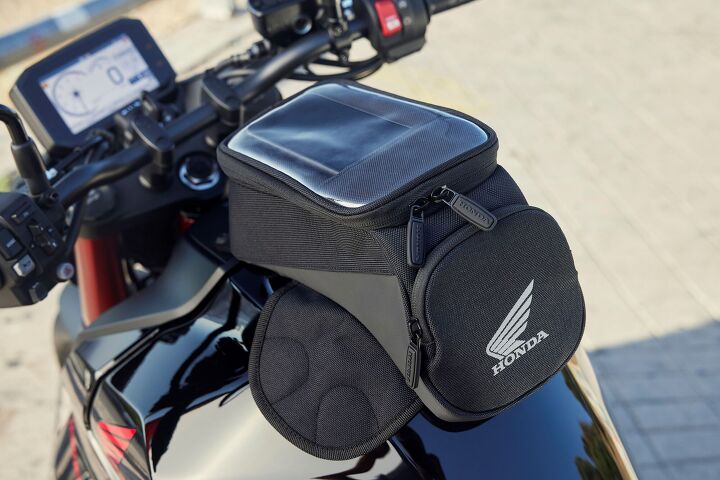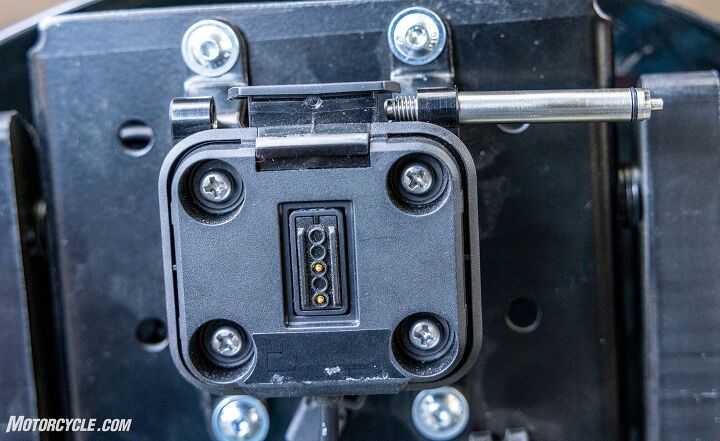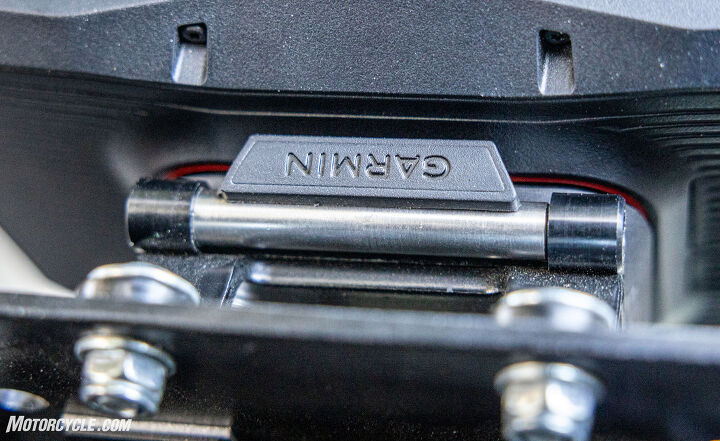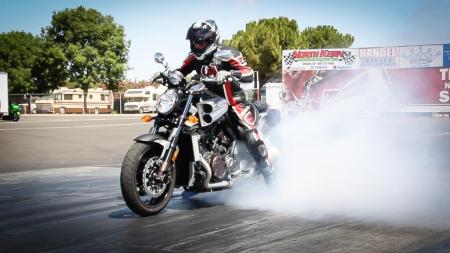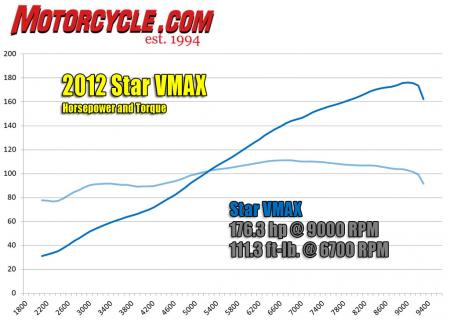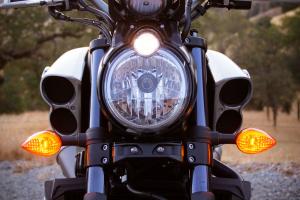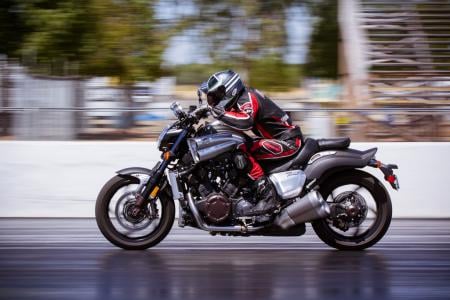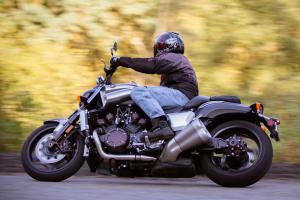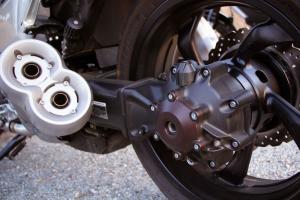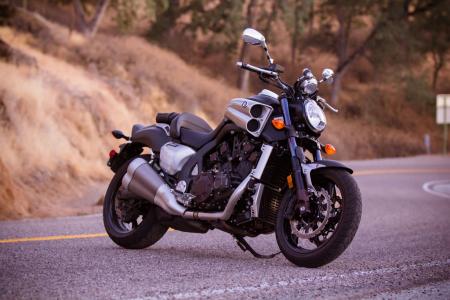Hot off the heels of the newly updated S 1000 RR, BMW today unveiled the 2023 M 1000 RR – the basis of its racing programs all over the world. With the new M model, focus wasn’t placed on increasing power, but rather on making the most of the aerodynamics to use the existing power as efficiently as possible. As you’ll see in the full press release below, countless hours were spent in the wind tunnel and on the track to take full advantage of the aero package – and improve upon it where necessary. BMW says top speed has gone up to “189+ mph” (the legal department surely stepped in and said the actual number couldn’t be published), and so has total downforce from the wings. This helps keep the bike from doing wheelies when it really should be accelerating, so the traction control doesn’t have to work as hard. It also helps mid-corner to keep weight on the front tire for better mechanical grip through the turn.
That’s not to say the engine hasn’t been left completely untouched. Compared to the S 1000 RR, the M version gets Pankl titanium connecting rods and shorter intake funnels for quicker engine response and improved flow at high engine speeds. Total output hasn’t changed from the previous 205 hp at 13,000 rpm and 83 lb-ft at 11,000 rpm.
Apart from the aero improvements, BMW went crazy with the carbon fiber for the 2023 M 1000 RR. The fairings, wheels, winglets, and various other bits are unabashedly carbon fiber – and BMW wants to make sure everyone knows it by leaving it exposed.
The 2023 M 1000 RR promises to be the most sophisticated version yet, and we can’t wait to ride one. MSRP is set at $32,995 and units are expected to arrive in US dealerships in January 2023. Get the full rundown on the new M 1000 RR, including the different package options, in the press release below.
Begin press release:

